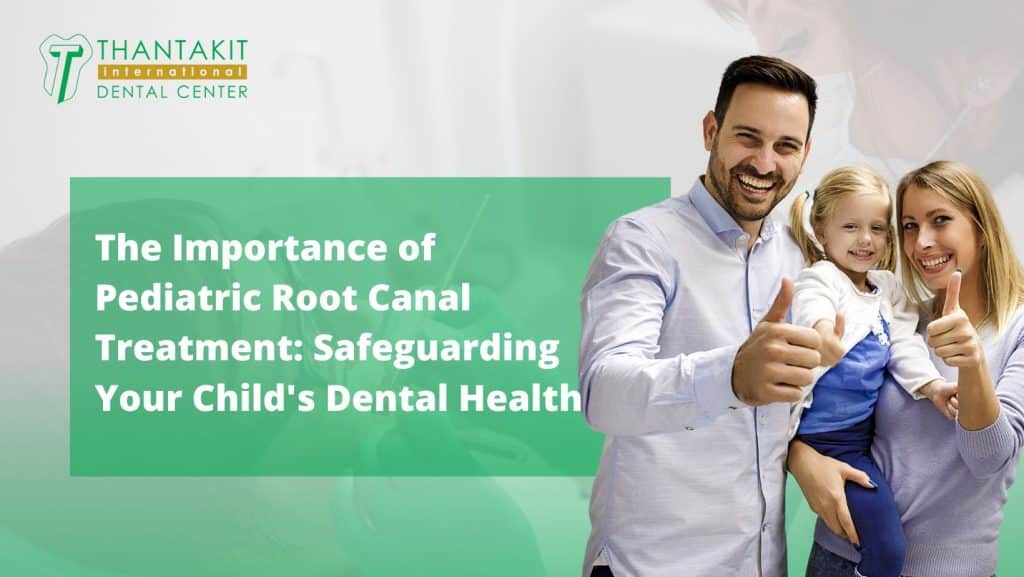Most adults know about root canal treatment or RCT, but did you know that even kids can undergo this type of dental treatment? In case you need a refresher, RCT (which is also known as endodontic therapy) is a dental procedure that involves removing the infected or damaged pulp (nerve and blood vessel) inside a tooth. This dental procedure is often performed when a tooth’s infection or damage is severe enough to affect the pulp.
Just as teeth affect adults’ well-being, dental health is likewise crucial for children’s overall well-being. Healthy teeth and gums contribute to a child’s ability to eat, speak, and smile—all of which are essential for optimal growth and development.
Good oral health also plays a vital role in preventing infections and other health problems. Neglecting dental care in childhood can lead to serious issues later in life, including (but not limited to) tooth loss, gum disease, and even systemic health problems.
Page Contents
Understanding Pediatric Root Canal Treatment
Pediatric root canal treatment is a specialized procedure that addresses dental infections or damage in children. It is similar to root canal treatment for adults but is specially tailored to the specific needs and concerns of young patients. This treatment is essential for preserving a child’s natural teeth and preventing future dental complications.
Just like in adults, pediatric root canal treatment involves removing the infected or damaged pulp (nerve and blood vessel) inside a child’s tooth. This treatment is usually necessary when the infection or damage is severe enough to affect the pulp, which—if left untreated—can lead to pain, swelling, and other complications.
But why would children have infection or damage in the first place?
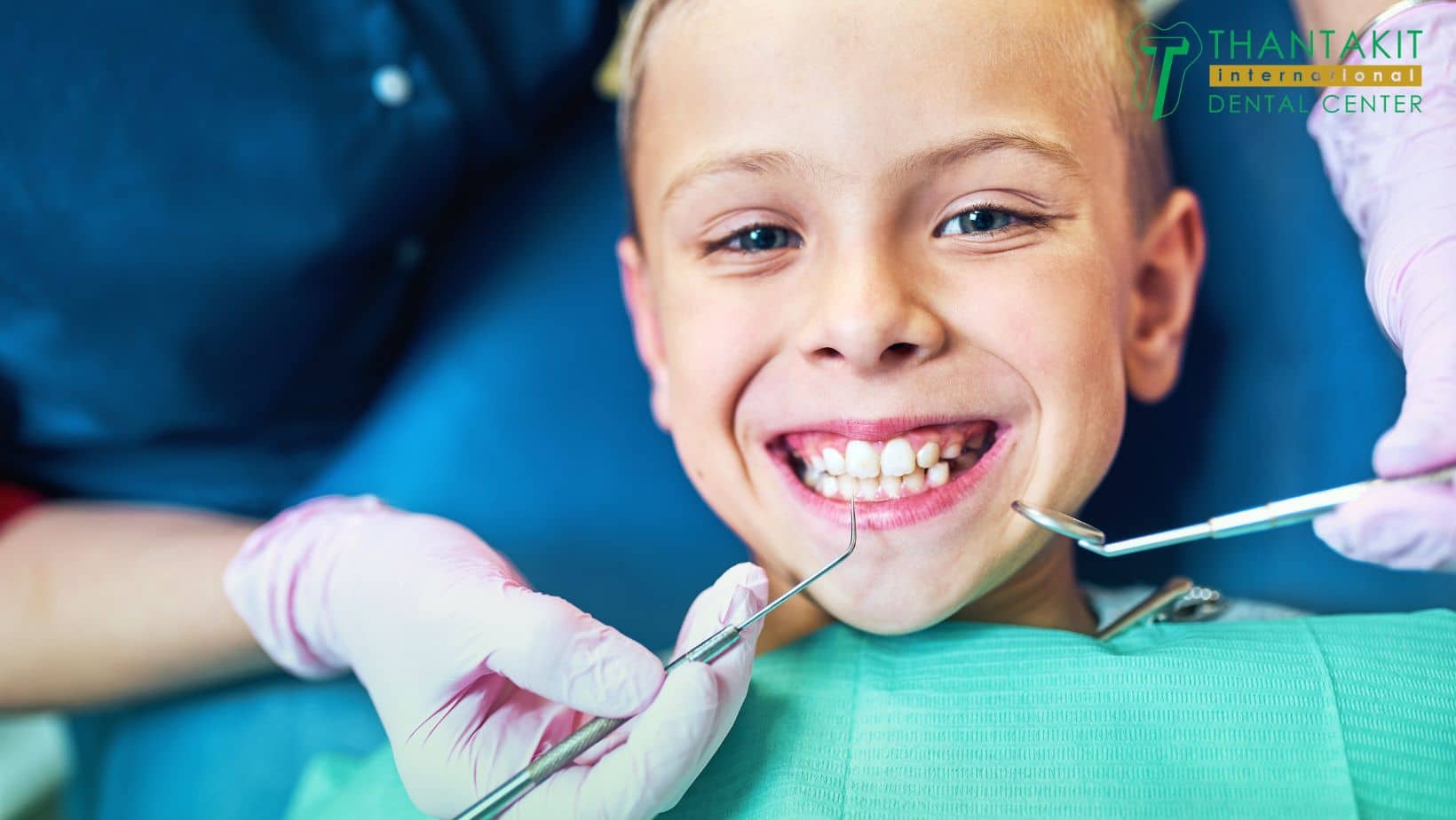
Common Causes of Tooth Infections in Children
The following are some of the most common causes of tooth infections in children:
-
Cavities: These are the leading cause of tooth infections, in adults and children. Also called caries, a cavity is a hole in any tooth that results from tooth decay. Cavities form when acids in the mouth wear down or erode the tooth’s hard outer layer (which is called enamel). When a cavity becomes deep enough, it can reach the pulp, leading to infection.
-
Trauma: Injuries to the teeth—such as from falls or other accidents, which are unfortunately common among active children—can also damage the pulp and cause infection.
-
Poor oral hygiene: Parents and guardians should do their best to make brushing and flossing a part of their children’s daily habits. Not brushing or flossing regularly can lead to tooth infections.
Without proper treatment, a tooth infection can lead to a dental abscess, which is a pocket of pus that forms around the root of a tooth. Pulpal necrosis can eventually result, which is when the pulp dies due to injury or infection.
Signs and Symptoms of Tooth Infections
But how can parents or guardians tell if a child has a tooth infection? Here are some signs and symptoms to watch out for:
-
Toothache: This is often the first and most prominent symptom of a tooth infection. A child may feel this kind of pain as throbbing, sharp, or dull.
-
Sensitivity to hot and cold: The child’s tooth may also be sensitive to hot or cold temperatures.
-
Difficulty eating: An infected tooth may make it difficult for a child to eat or even just chew food.
-
Swelling: Guardians can check if the cheek or gum around a child’s tooth is swollen, which is a common sign of infection.
-
Bad breath: The child’s mouth may have a foul odor.
-
Pus: A pus-filled abscess may form around the root of an infected tooth.
-
Fever: Last but not least, in some cases, a child may also develop a fever.
The Importance of Early Diagnosis and Treatment
Early diagnosis and treatment of tooth infections are crucial for preventing serious complications in a child. This is because, if left untreated, tooth infections can lead to:
-
Abscesses: As mentioned above, these are pockets of pus that can form around the root of the tooth, causing pain and swelling.
-
Cellulitis: This is a serious bacterial infection that can spread to surrounding tissue.
-
Osteomyelitis: This refers to a jawbone infection.
-
Tooth loss: If the infection is not treated, the tooth may become so damaged that it needs to be extracted.
-
Systemic health problems: Usually in adults (but also possible in children), untreated tooth infections may lead to systemic health problems like pneumonia, heart disease, and stroke.
-
Sepsis: In worst case scenarios, a child may develop sepsis, a life-threatening condition that occurs when the body’s response to infection becomes overwhelming. If not treated immediately, sepsis can lead to death.
Again, early treatment can usually prevent all these complications and save your child’s tooth. It’s very important to seek prompt dental care if your child displays any symptoms of a tooth infection.
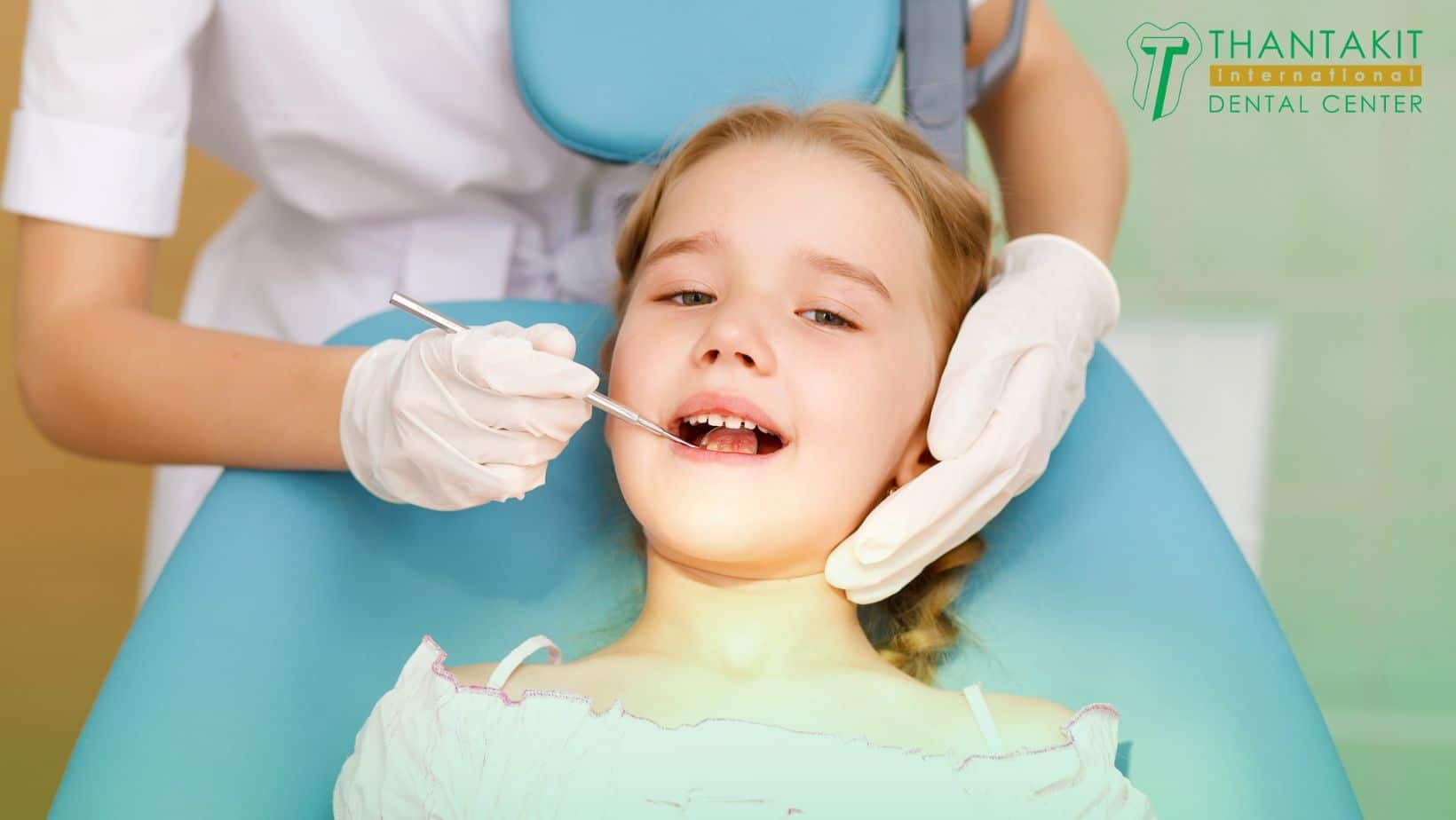
How Pediatric Root Canal Treatment Prevents Further Dental Problems
Pediatric root canal treatment can prevent further dental problems in a child. From a child’s point-of-view, the procedure can relieve pain and discomfort from the infection. By removing the infected or damaged pulp and sealing the tooth, it saves a natural tooth that would otherwise need to be extracted. Moreover, it helps prevent the infection from spreading to other teeth or jaws when the infection is treated early.
By preserving a natural tooth, pediatric root canal treatment also helps a child maintain proper chewing function and alignment of the teeth. In connection to this, the procedure also improves a child’s self-esteem, because a healthy smile can boost one’s confidence at any age.
The Pediatric Root Canal Procedure
By now, you should be well aware of the value of getting prompt dental treatment for a child’s tooth infection to avoid complications and maintain oral health.
So, what exactly happens during a pediatric root canal procedure? It usually involves these steps:
-
First, the child will be given anesthesia to ensure comfort during the procedure. Sedation or anesthesia is often used during pediatric root canal procedures to ensure the child’s comfort and cooperation. The type of sedation or anesthesia used will depend on the child’s age, anxiety level, and the complexity of the procedure.
There are three main options. First, local anesthesia is a numbing agent injected into the area around the tooth. This is usually used for younger children or for simple procedures. The second option is conscious sedation, which involves using medication to relax a child without putting them completely to sleep. With this, the child can still respond to verbal commands while undergoing the procedure. The last option is general anesthesia, which is used to put the child completely to sleep. It’s usually used for older children or for complex procedures.
The dentist will discuss choosing sedation or anesthesia with the parents or guardians before the procedure.
-
Then, the dentist will drill a small hole in the top of the tooth to access the infected or damaged pulp.
-
Next, the dentist will carefully remove the infected or damaged pulp from the tooth.
-
Once the dentist has successfully removed the infected pulp, he or she will clean and shape the root canals to remove any remaining infection or debris.
-
The dentist will then fill the root canals with a special material called gutta-percha to seal them off.
-
Finally, the dentist may place either a temporary or permanent filling or crown on top of the tooth to restore its function and appearance.
The above are general steps that dentists perform in a pediatric root canal treatment, but the specific steps may slightly vary depending on the severity of infection or damage of the tooth, and your child’s specific case.
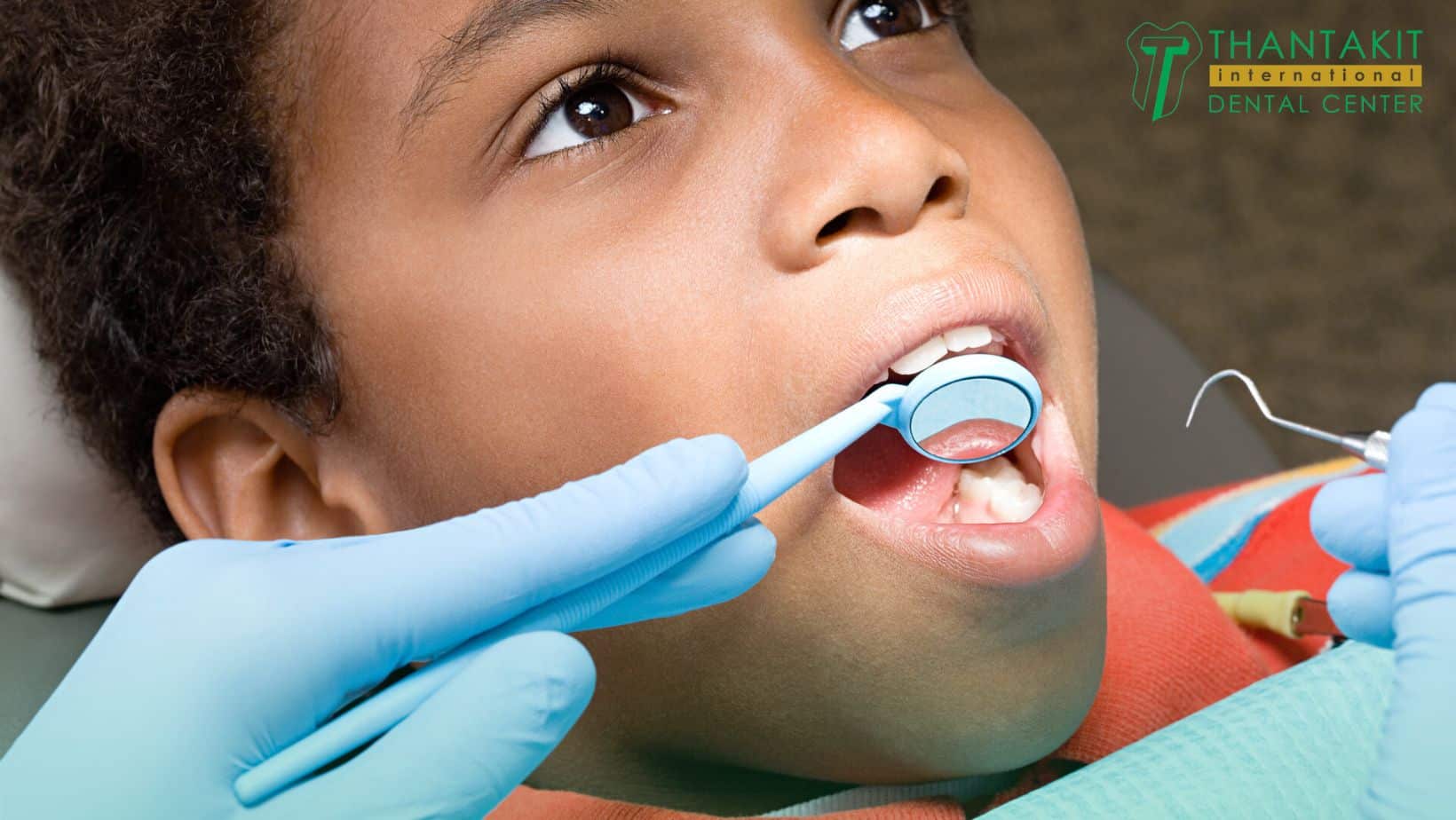
Concerns and Misconceptions about Pediatric Root Canal Treatment
Parents and guardians are understandably concerned about their children’s experience of the RCT procedure. The most common concern surrounds a child’s fear of the dentist. Many children, and even adults, fear visiting the dentist. Thankfully, anesthesia or sedation can help alleviate this fear and make the procedure more comfortable for everyone.
Another frequent concern of many parents is that the treatment might be painful for their little one. The good news is that, with modern dental techniques and anesthesia, the procedure is usually painless.
Some parents also fear that the procedure would take long. On the contrary, although in some cases it can take some time, in most cases, it’s a relatively short procedure.
Another concern is possible tooth damage. Some parents mistakenly believe RCT will damage their child’s tooth. But in reality, this treatment can help save a tooth that would otherwise need to be extracted.
Finally, some parents are concerned about potential complications from pediatric root canal treatment. However, with proper care, the risk of complications is quite low and the benefits of undergoing it outweighs the risks.
It’s important to discuss any concerns or questions parents and children may have with the dentist before the procedure. A good dentist will adequately address those concerns and provide reassurance to both the child and his or her guardians.
Tips for Pediatric Root Canal Treatment Aftercare
Post-treatment care for pediatric root canal treatment is vital for ensuring a successful outcome and preventing complications. Here are some tips from our experienced dentists:
-
Avoid chewing on the treated tooth: For the first few days, the child should avoid chewing on the treated tooth to allow the filling or crown to set.
-
Take prescribed medications: If your child has been prescribed any medications, make sure that he or she takes them and follows the instructions carefully.
-
Watch for signs of infection: If your child experiences any pain, swelling, or other symptoms, contact the dentist immediately.
-
Avoid sugary foods and drinks: These can contribute to tooth decay, so it’s important to limit their consumption for optimal dental health.
-
Also avoid hot or cold foods: For a few days after the procedure, make sure your child avoids hot or cold foods and beverages. These can cause sensitivity and pain.
-
Maintain good oral hygiene: Ensure that your child brushes and flosses his or her teeth regularly to keep the area around the treated tooth clean and healthy.
-
Follow up with the dentist: Make sure to schedule follow-up appointments with the dentist to confirm that the treatment is successful and monitor your child’s healing.
By following those tips, you can help your child maintain the health of the treated tooth and even prevent other dental problems.
Expert Tips on Maintaining Oral Health
Pediatric root canal treatment is reactive; it treats a tooth infection that has already set in. But as the saying goes, an ounce of prevention is worth a pound of cure.
Here is some expert advice on how children can prevent the need for an RCT in the first place:
-
Have regular dental check-ups: Make sure to schedule regular dental check-ups for your child to detect and address any dental problems early on. It’s recommended children see a dentist every six months. Dentists can look for any dental problems like cavities, gum disease, and tooth infections in their early stages, when they are easier and less expensive to treat. They can also recommend preventive measures like fluoride treatments, dental sealants, and professional cleanings. Your dentist can answer any questions you may have about your child’s oral health and provide guidance on proper care.
-
Ensure proper brushing and flossing: Teach your child to brush their teeth at least twice a day with a fluoride toothpaste and—once they’re able, or with your help—floss at least once a day.
-
Eat a balanced diet: Encourage your child to eat a healthy diet with essential vitamins and minerals, and that’s low in sugary foods and drinks.
-
Use a mouthguard if needed: If your child plays any sport, make sure they wear a mouthguard to protect their teeth while engaging in it.
-
Get fluoride treatments: These can help strengthen tooth enamel and prevent decay. The American Academy of Pediatrics (AAP) recommends that children start receiving fluoride treatment as soon as their teeth erupt, which is usually around six months old. Most children should receive fluoride treatment every three to six months, depending on the child’s risk of getting cavities in the future.
-
Get dental sealants: Finally, dental sealants can be applied to the chewing surfaces of children’s teeth. We recommend that children from the ages of six to 14 years receive dental sealants to prevent getting cavities.
By following those preventive measures, you can help your child maintain healthy teeth and gums throughout their life.
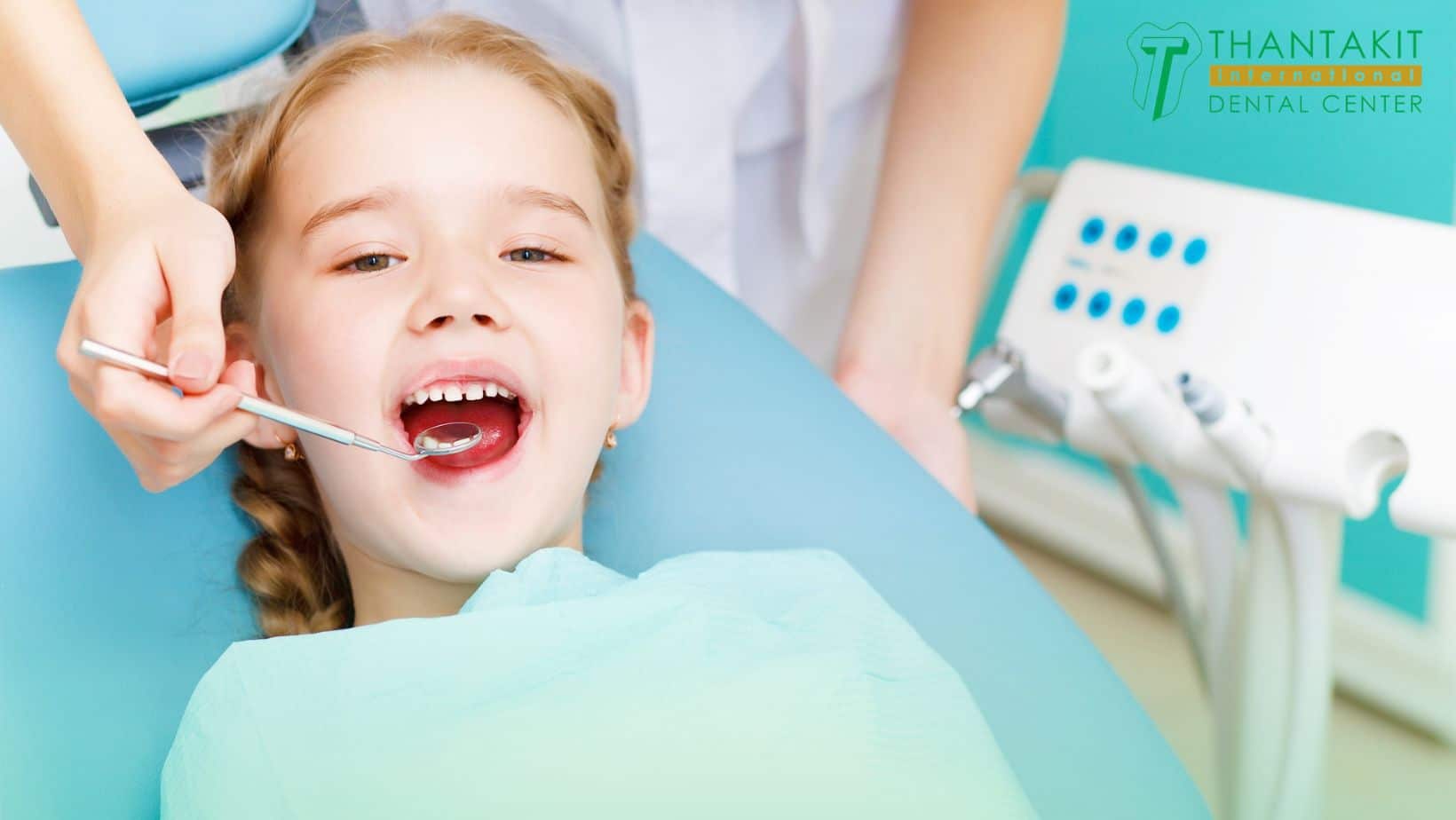
Why Choose Thantakit for Your Child’s RCT
With a rich history dating back to 1945, Thantakit International Dental Center is a leading dental clinic in Bangkok, Thailand. We are a trusted and established clinic offering a wide range of dental treatments, including pediatric dentistry.
Thantakit boasts a team of highly educated and experienced dentists, with specialists in pediatric dentistry who will ensure your child receives care tailored to their specific needs and comfort level. Our family-friendly center focuses on patient care and will ease any anxieties your child may have about dental procedures.
Our center has the latest dental technology and shorter wait times for dental procedures. Catering to patients from all over the world, our dental and auxiliary staff are all accustomed to communicating effectively with English-speaking families.
With Thantakit’s commitment to patient care, you can be assured of comfortable and effective dental care for your child.
Contact us today through our website www.thantakit.com to discuss your child’s specific needs and any questions you may have.











